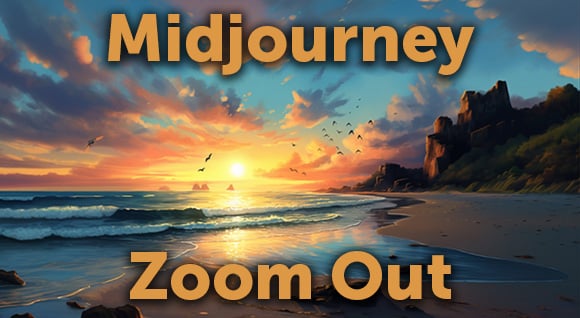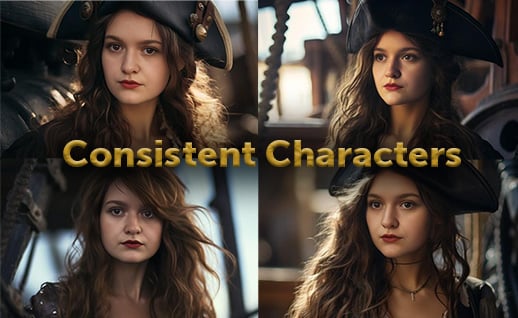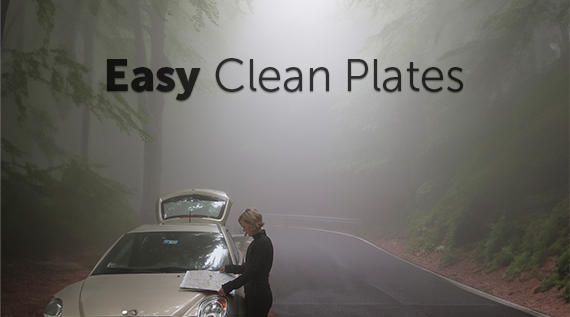When it comes to sound design, truth and reality may be different things. Matt Lau, from sound effects company Soundsnap, discusses how being true to the story often means straying from reality.
Music is traditionally considered the emotional orchestrator of film — and for good reason. Its suggestive power is undeniable: a lone violin creates melancholy, a rising trumpet signifies grandness.
However, sound effects are also dynamic emotional tools. Much like a composer writes music, sound design can be approached by asking what emotion the film is trying to convey. Are we supposed to feel scared? Safe? Happy? The sound effects should reflect that.
As Mark Mangini, the sound designer for Mad Max: Fury Road, says, “Every single sound, no matter how subtle or simple — from the simplest little footstep sound to a humpback whale — is considered, composed [and] orchestrated to have an effect on the audience.”
So how realistic is sound design?
As it turns out, usually not very.
Sound editors frequently use “sonic metaphors” to add emotional depth to a sound. Walter Murch, the legendary sound designer who actually coined the term “sound designer” in his credit for Apocalypse Now, writes, “… a string of images relentlessly chained to literal sound has the tyrannical power to strangle the very things it is trying to represent, stifling the imagination of the audience in the bargain.”
Film technology allows editors to re-associate images with new sound. So although sounds may be wrong in the literal sense, they can spark our imagination in ways “real” sounds cannot. To see what we’re talking about, check out these examples.
Monster trucks and whales
When sound designing the War Rig in Mad Max, Mark Mangini wanted to “personify it as [a] giant, growling, breathing, roaring beast.”
Adding lurching whale sounds to the mix helped bring the War Rig to life, reinforcing the visual metaphor of a lumbering animal. Mangini even added whale groans and spitting blowholes to show when the War Rig had been damaged.
Despite the suggestivity of the whale sounds, we still hear the truck’s engine as sounding realistic. Sound effects provide the truck with just enough emotional character to provoke an imaginative response, but not so much that they are distracting.
Supernatural mailboxes
The sound in this clip from Close Encounters of the Third Kind is another great example of emotional suggestion.
The car stops and the ambiences drop out, leaving us to focus on a set of clanking mailboxes. On their own, mailboxes aren’t creepy, or unusual, so sound editor Frank Warner recorded a chair making an unsettling squeaky, wig-wagging noise, manipulated it, then cut it to the picture.
Although not realistic, the eerie squeaking now highlights the dead silence in the environment, creating suspense and tension. Warner made the scene far creepier by favoring an emotionally suggestive sound over a literal one.
Illogical gun play
In some cases, sound design can fully ignore logic and still work emotionally. Pay attention to the gun sounds in this closing scene from Taxi Driver.
Sometimes they are drenched in reverb, and other times they are completely dry. The tone of each consecutive gunshot is also drastically different. Continuity is out of the question, and yet none of this takes away from the scene. Instead, the hodgepodge of guns accentuates the explosive, over-the-top calamity happening on-screen.
Beyond fiction
You might think that non-fiction genres such as documentaries must sound the most “realistic” of all the genres, but this is far from the truth.
“When I approach sound for a documentary film, what I look at first is story,” says Coll Anderson, a Soundsnap contributor best known for his work on Black Swan and Zoolander 2. He uses sounds to “expand reality,” because the “spirit of the story” is what’s really important. For example, in the documentary The Amish: Shunned, he wanted to evoke a feeling of “quiet introspection” that one might feel living on an Amish farm, but a generator blaring in the background made this problematic.
So Anderson recreated all the sounds of the workers to design a new, hushed ambience — one that was true to the story he was telling. In the end, although none of the sounds of labor were “real,” the recreated sounds helped the audience sympathize with the farmers’ “internalized sense of quiet work.” Being true to the story means occasionally bending, or even scrapping, the truth of the moment.
Just as a whip-smart scripted dialogue doesn’t always reflect the way people really talk, sound design doesn’t need to be rooted in reality. In fact, it’s often more powerful when it’s not. Most of us watch films to be stimulated emotionally and intellectually. Realistic sounds can’t always do that.
It’s the sound designer’s responsibility to build the bridge between the image and the desired emotion. Sometimes that calls for something more abstract. Sometimes it calls for whales. You’ll be surprised at how much our minds want to be persuaded.
If you’d like to learn more about sound design, we recommend Sound-on-film: Interviews with Creators of Film Sounds.
Soundsnap believes that great sounds tell better stories. The leading source for professional audio content, Soundsnap features over 200,000 sound effects, music loops, and samples — and it’s always adding more. Everyone from independent producers to major brands like Apple, Microsoft, NASA, and HBO have worked with Soundsnap.
Posted by
Dissolve
Dissolve Premium (dissolve.com) has been the go-to for quality stock footage and photos by the world's top creative agencies and production houses. Some of the best filmmakers and stock producers from around the world are with Dissolve — our rapidly growing collection of unique, compelling footage is a testament to that. In addition to our quality stock footage and photography business, we launched Dissolve Creators (dissolve.com/creators/community). A platform for photographers, filmmakers, producers, and designers to connect and share their work as free downloadable content. We offer these creatives (amateur or pro) a bridge to our clientele, gig opportunities, networking opportunities, as well as our knowledge of the stock industry.
.png)
.png)
.png)




